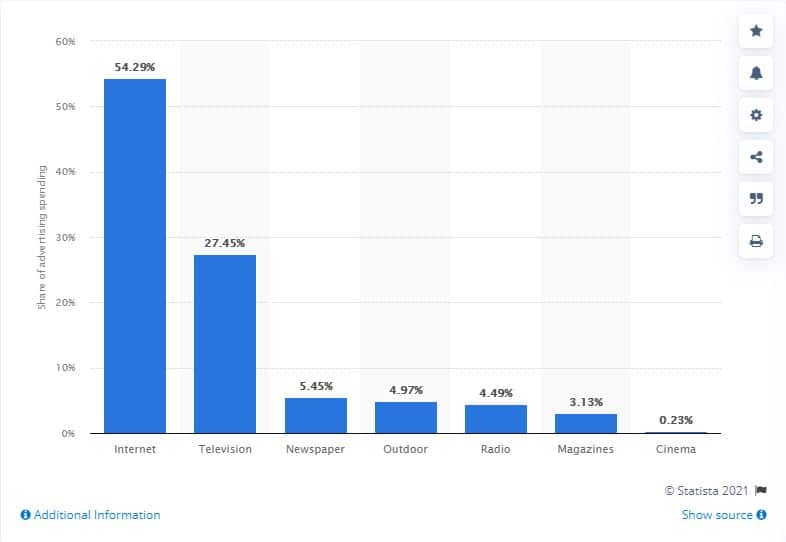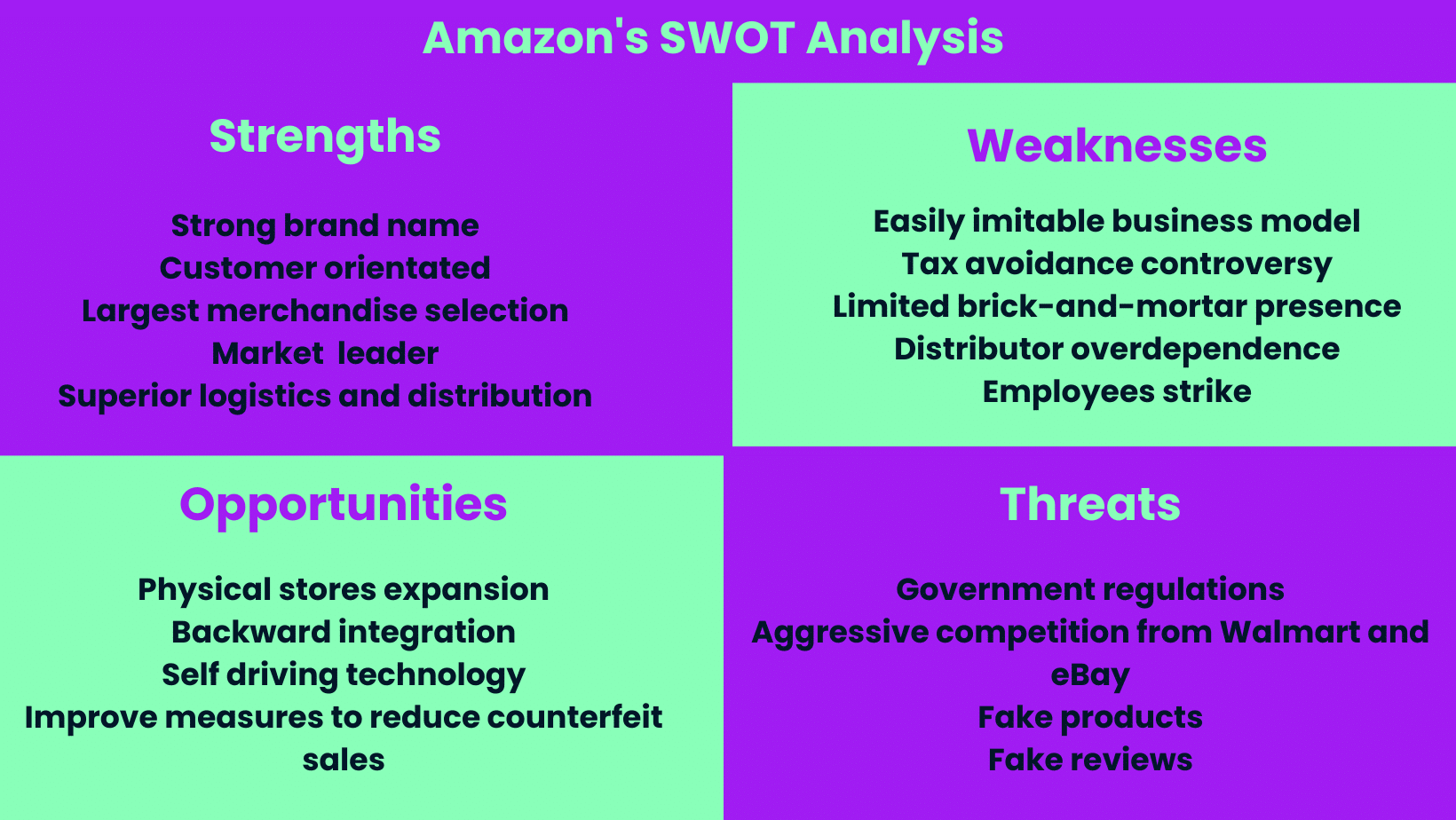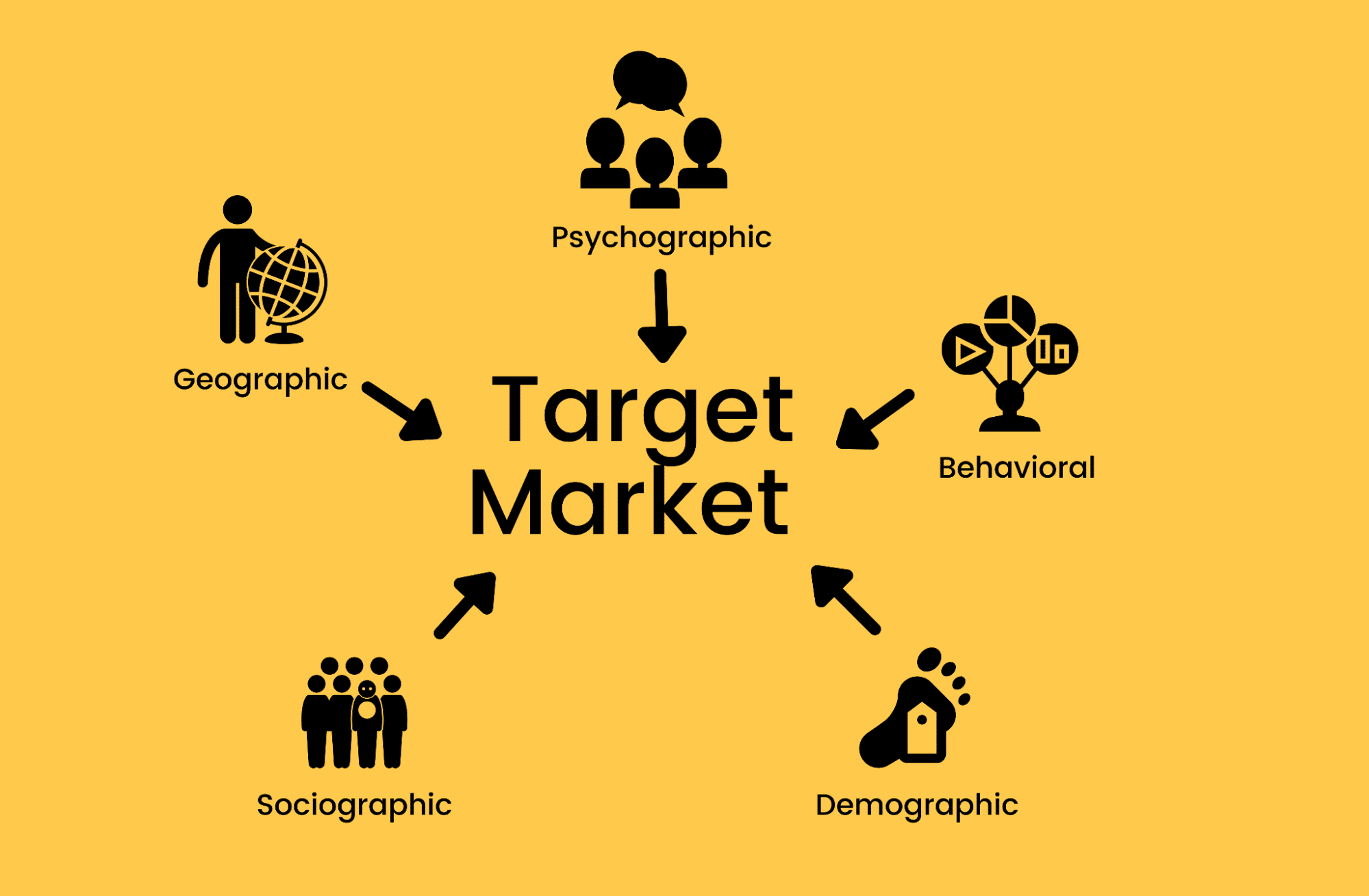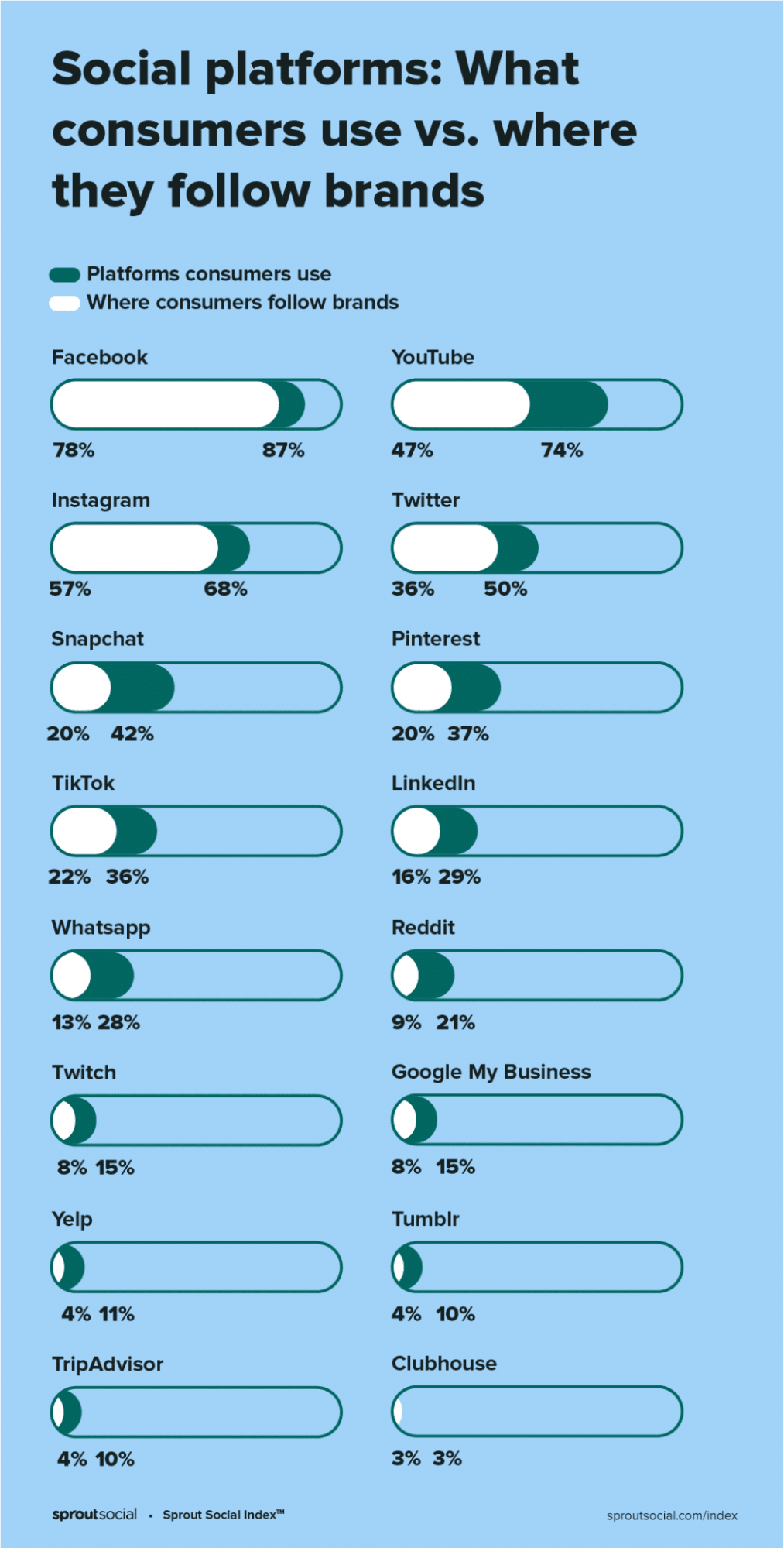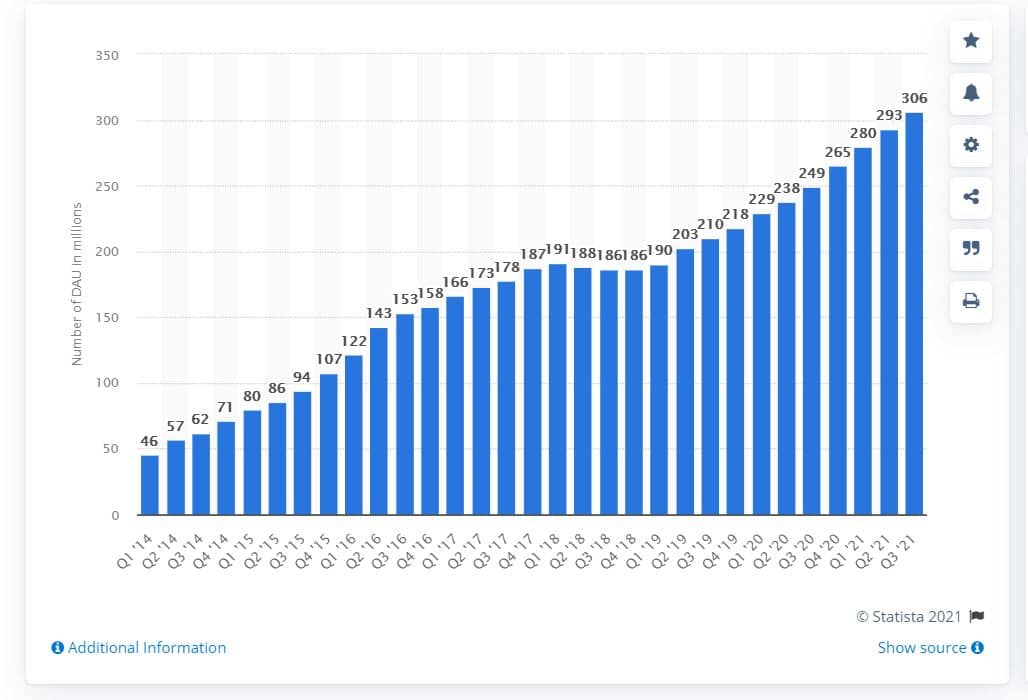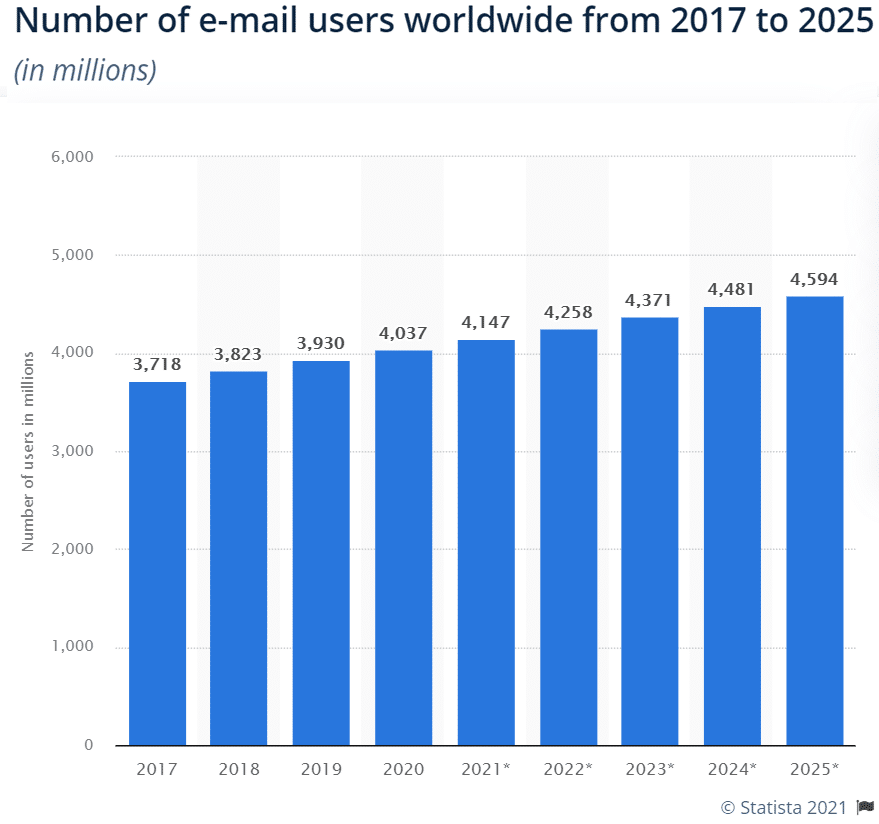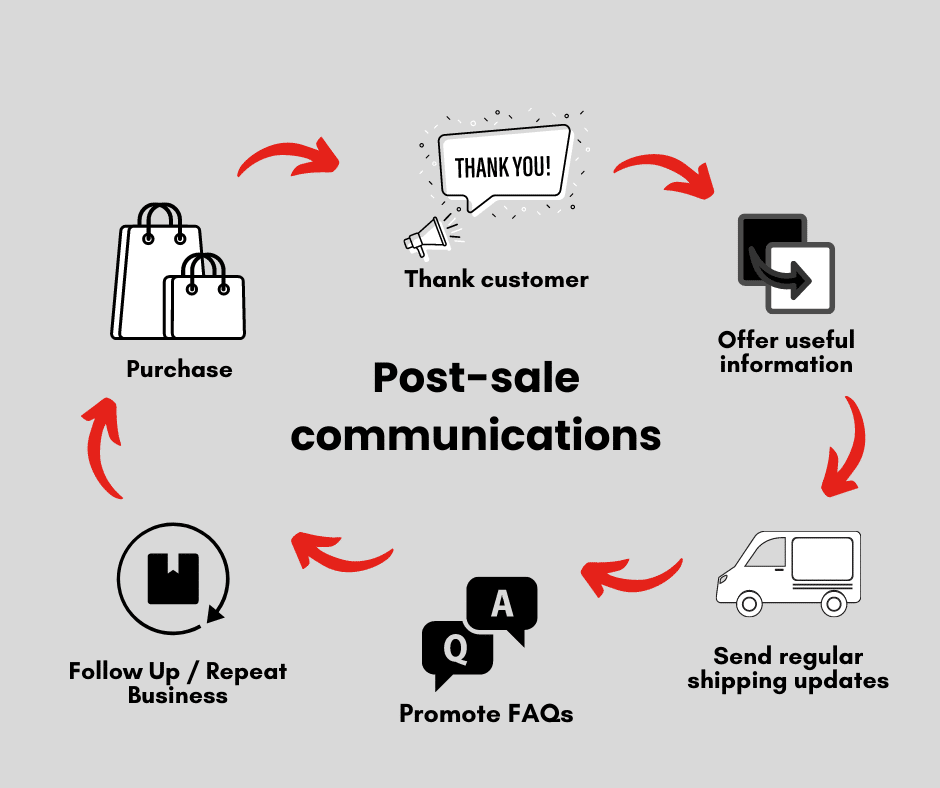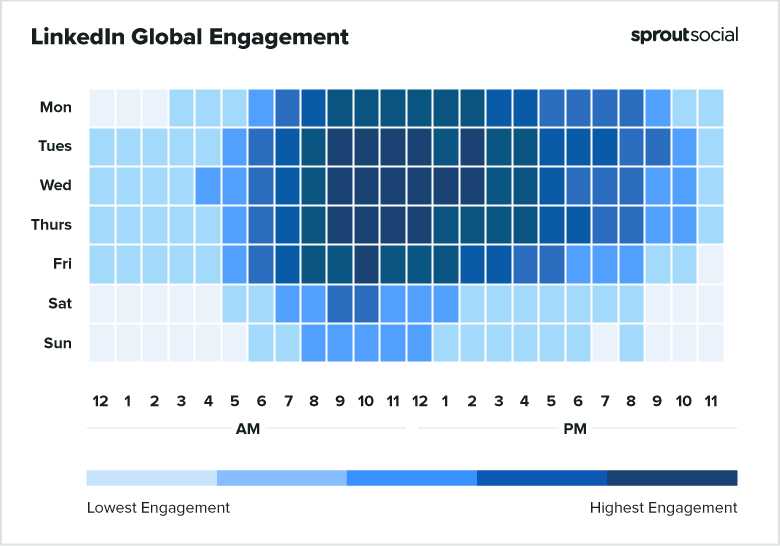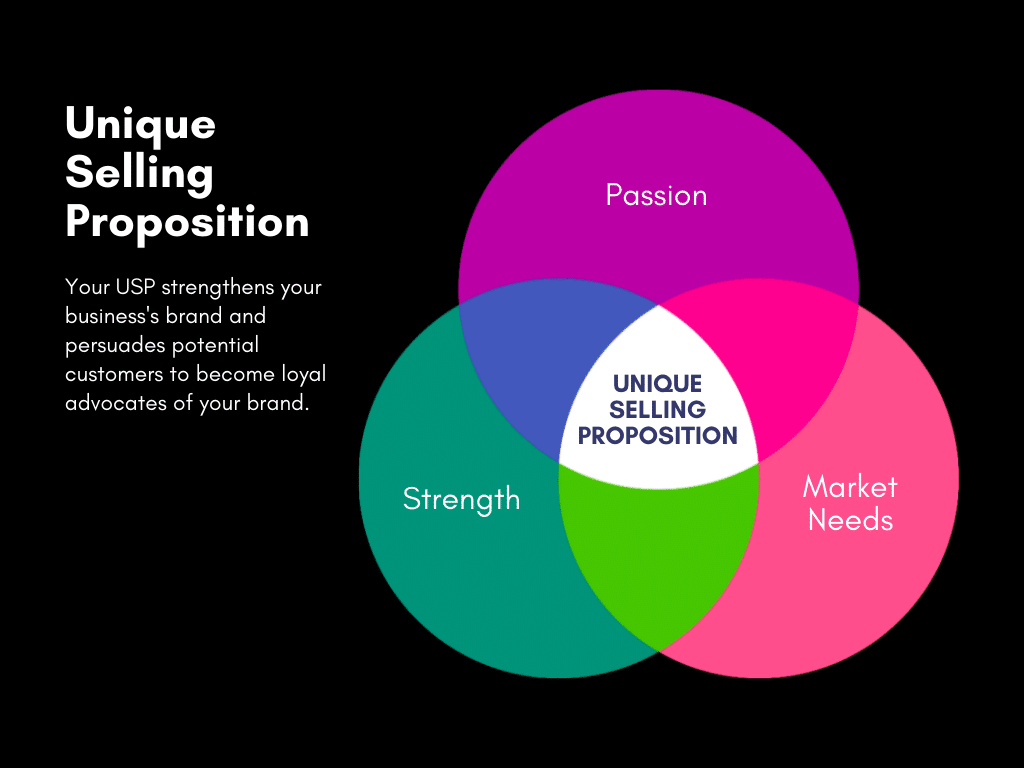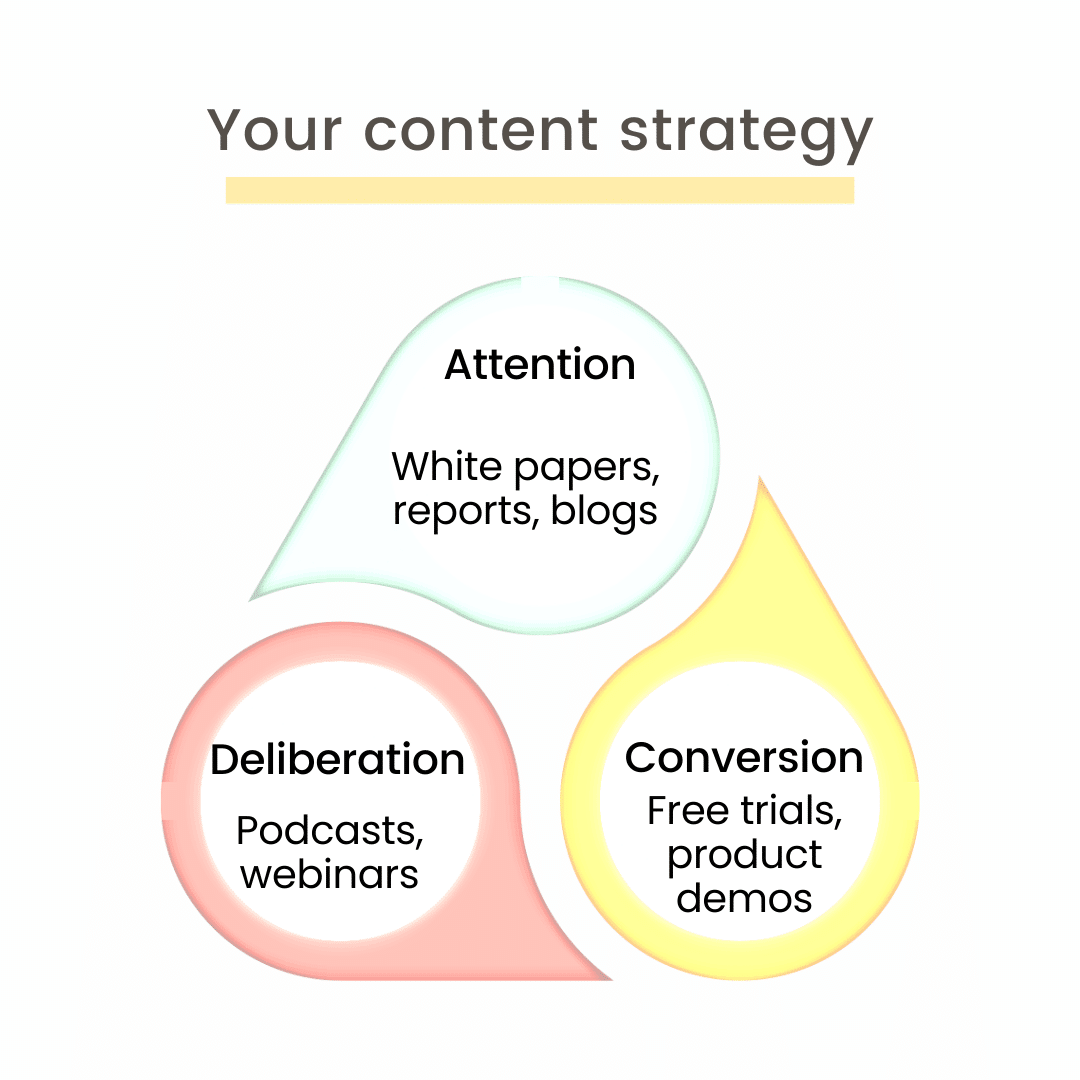In today’s market, an all-encompassing digital customer experience definition includes completely personalized, bespoke experiences for every customer. Your marketing plan should help you deliver these, detailing how to tailor messaging to your target demographic and reach this on their preferred platforms.
It can also help to inform your strategy. With a thorough overview of your current marketing activities, metrics, and competitors, you’ll be able to identify your weaknesses and how you can address these.
If, for example, you notice that your website hasn’t been updated for a while, your traffic is low, your bounce rates are high, and competitors’ sites are more modern and appear higher up on SERPs, you’ll be able to recognize the need to invest in web development and content marketing.
Your plan will also help you track your progress towards achieving your goals. By setting timeframes and picking out KPIs to monitor, you’ll be able to assess the success of your efforts throughout your campaign to make sure you’re headed down the right path. A platform like Affise can also provide you with a detailed view of your performance metrics.
How to develop your own digital marketing plan
There’s a lot to a marketing plan. But don’t fret. We’re going to talk you through the stages step by step, with plenty of business marketing plan examples.
Decide on your approach
Based on your goals, you need to determine if you’re going to take a broad or specific approach to your plan. Do you want to focus on overall improvement, or does achieving your goals necessitate a narrower focus?
Say that your business develops testing software, and, using an agile approach, your team has made efficiencies to the way exploratory tests are generated within this, revolutionizing the effectiveness of this type of testing and making you stand out from competitors.
If your goal is to make prospects aware of the benefits of your product, a broad approach would work on boosting your marketing efforts as a whole, promoting your message across channels, from social media to paid marketing, using a combination of tactics.
A more specific approach would instead see you zero in on certain channels and tactics. You might direct your attention to SEO (Search engine optimization) to optimize your website for keywords relevant to “exploratory testing” so that it appears higher in the search results when prospects search for these terms. A content marketing approach might tie into this to lend your brand and site authority and credibility in your area of expertise – both boosting your SEO efforts and building your reputation in the eyes of your audience as a key figure in your industry.
A specific approach will also allow you to monitor key metrics in detail instead of more generic KPIs. As per the above example, your detailed metrics to track might include keyword rankings, organic traffic, organic click-through rate, blog post visits, and bounce rate. But following a more generalized approach, your metrics could consist of sales growth, leads, and conversions.
Know your channels
Prospects can find and interact with you across a huge variety of channels, so it’s crucial to understand which of these are your primary drivers of business, traffic, and conversions. Auditing each platform you operate on and producing a report that encompasses metrics like site traffic, your average number of posts, or click-through rate over the last year will help you assess this.
Core marketing channels include:
- SEO
- Your website
- Social media platforms
- Email
- Partnerships
You should then rank these channels in order of effectiveness to determine which to prioritize.
Identify your objectives
To identify your objectives, think about the “what”, “how”, and “when” of your campaign. Specifically, what you want to achieve, how you’re going to achieve it, and “when it must be achieved.”
Think SMART:
Specific
Measurable
Attainable
Relevant
Time-bound
Let’s break it down:
Specific
Keep your objectives precise and quantifiable. Ask yourself why each goal is important and which of your teams are required to help you carry these out.
Measurable
Make sure your progress toward your goals can be monitored easily. Have a plan and equip yourself with the tools to track key KPIs like your number of conversions, impressions, clicks, etc. This will help you stay motivated on the path towards your goals and allow you to check your progress and tick off tasks to meet deadlines.
Attainable
Analyze if meeting your objectives is realistic at this current time. Consider if there are any constraints to you achieving these.
Relevant
Why is it essential right now to execute these aims? Do these objectives align with your other business goals?
Time-bound
Set out a realistic time scale within which you aim to reach your objectives.
“The trouble with not having a goal is that you can spend your life running up and down the field and never score.” – Bill Copeland
Do your research
SWOT Analysis
SWOT analysis is a framework that allows you to identify your business’s Strengths, Weaknesses, Opportunities, and Threats to gain a better understanding of your business’s position in the market and in comparison to competitors. It assesses internal and external factors and your current position and future potential to help you develop your strategic planning.
Take advantage of the SWOT analysis technique to assess four crucial aspects of your business:
Strengths – These describe what your company excels at: What’s your unique selling proposition (USP)? How can you use this to out-maneuver your competition? What are some of the key resources, processes, and capabilities that your company has? Which products are performing well?
Examples: a loyal customer base, robust supply chain, strong, recognizable brand, advanced proprietary tech
Weaknesses – These identify the areas in which your business needs to grow to stay competitive: What is your company lacking compared to your competitors? Which products are underperforming?
Examples: poor cash flow, a lack of capital, high customer turnover, inadequate supply chain, low employee retention
Opportunities – These refer to external factors that could give your business a competitive advantage. What are the biggest trends in the market that could give your company an edge? Are there any new markets you could explore? Could you use new tech to make efficiencies to your operation?
Examples: tariffs on particular goods might be decreased in a new market, providing you with the opportunity to grow your market share and sales. You might have the chance to switch to a new supplier or collaborate with a powerful influencer in your industry.
Threats – These describe factors that could potentially have a negative impact on your business. What consumer trends could threaten your business performance and success? Are there any new regulations coming into play that will affect operations? Are any competitors impinging on your USP?
Example: increased cost of materials, competition, droughts, changing tariffs, regulations
Here is a real-life SWOT analysis using Amazon as an example:











